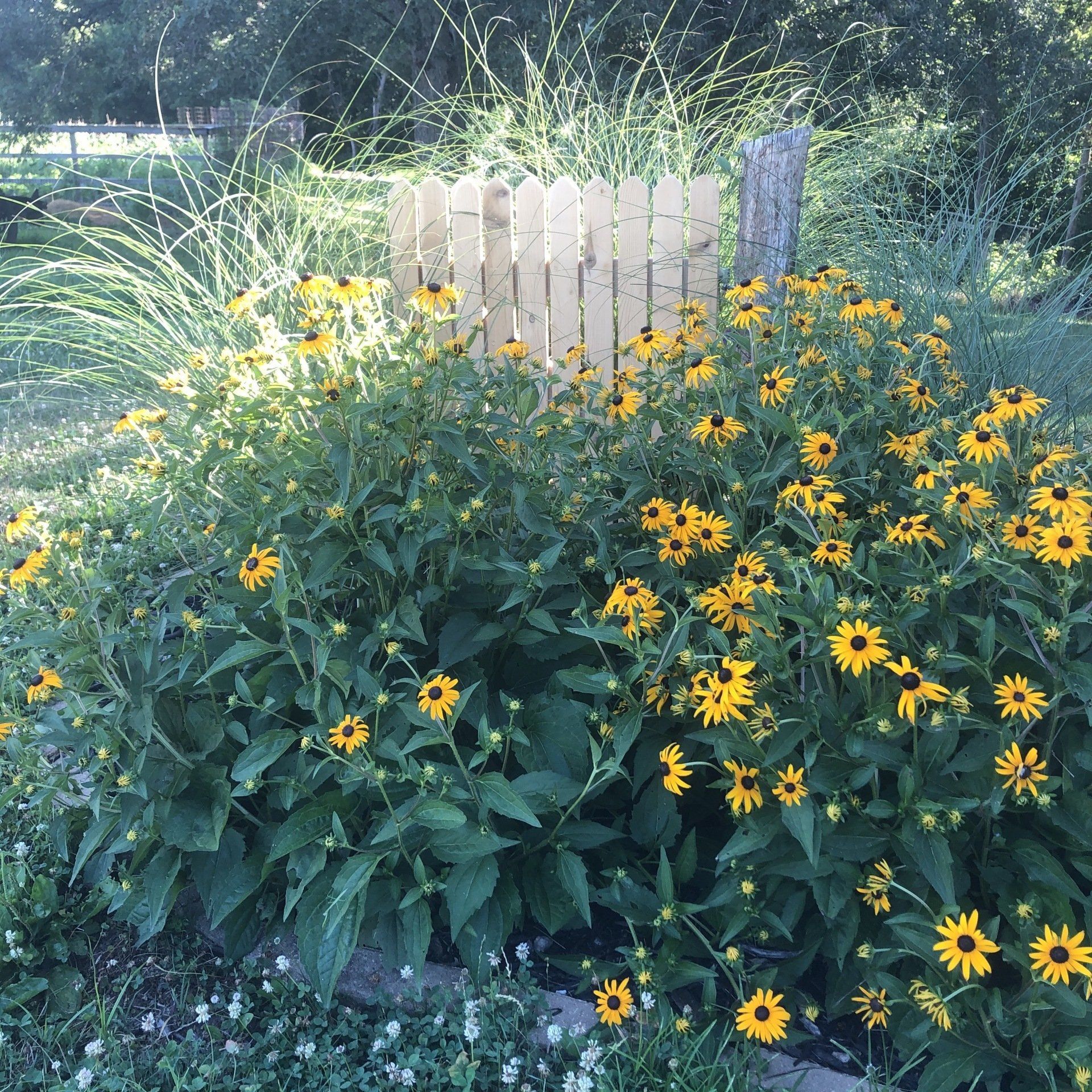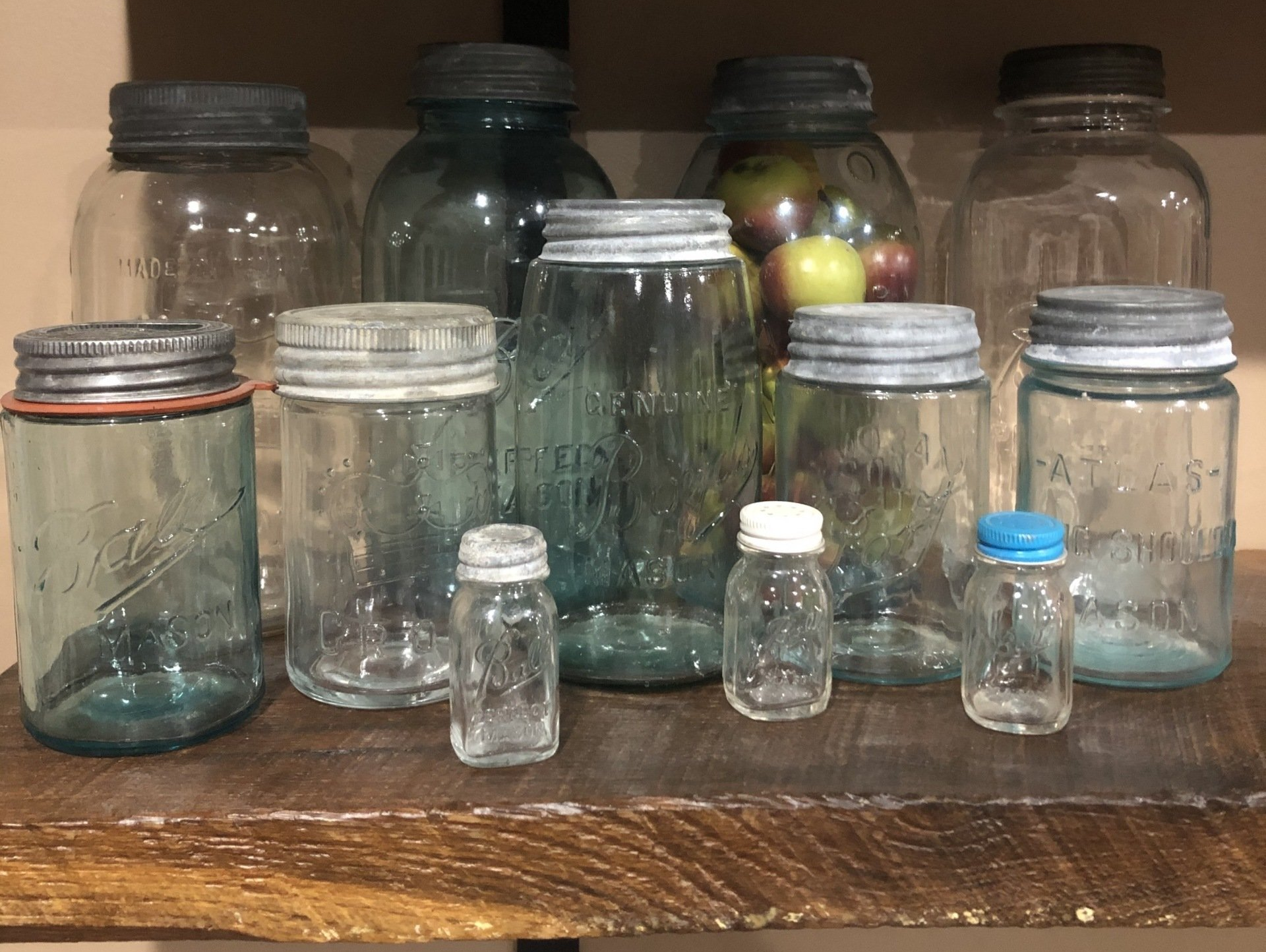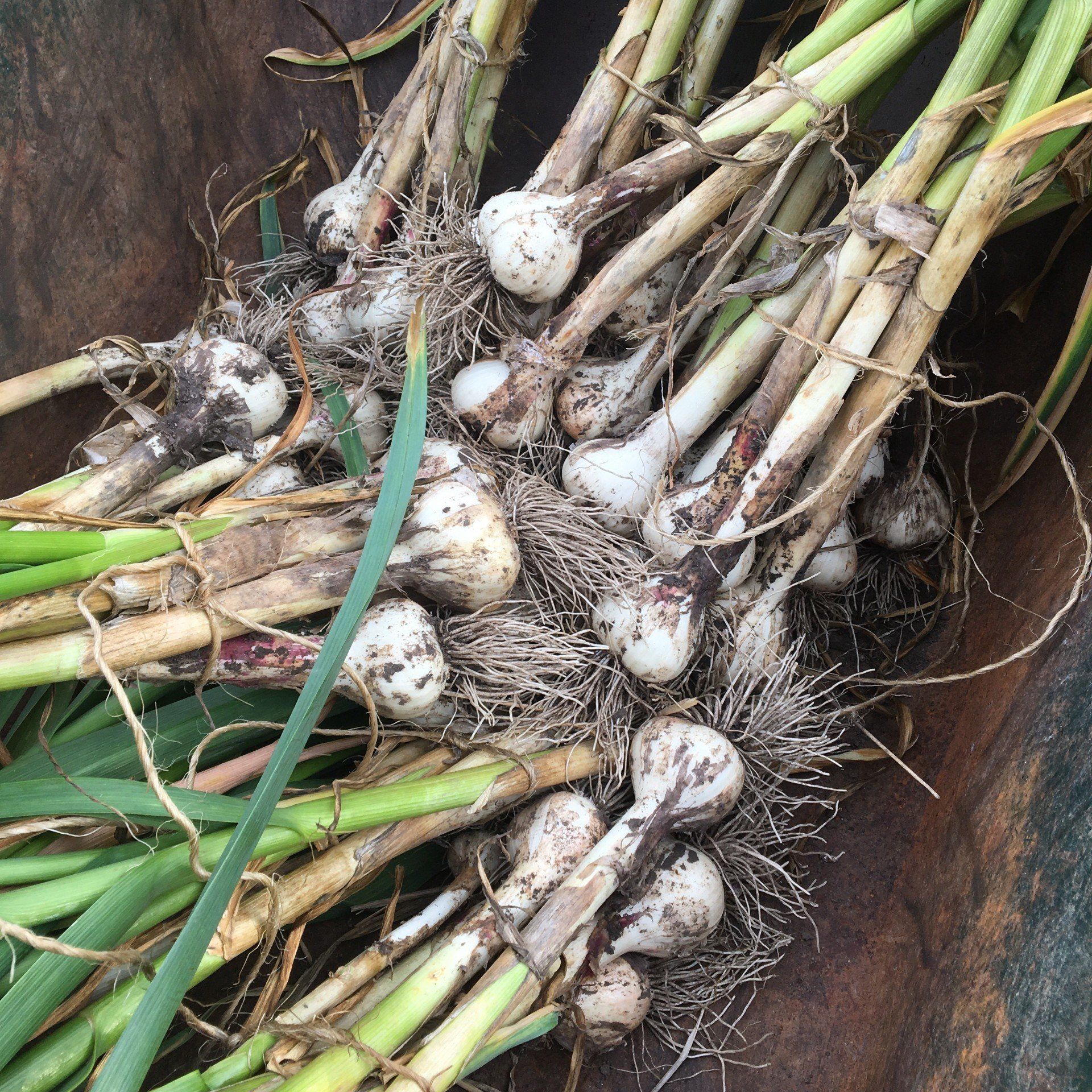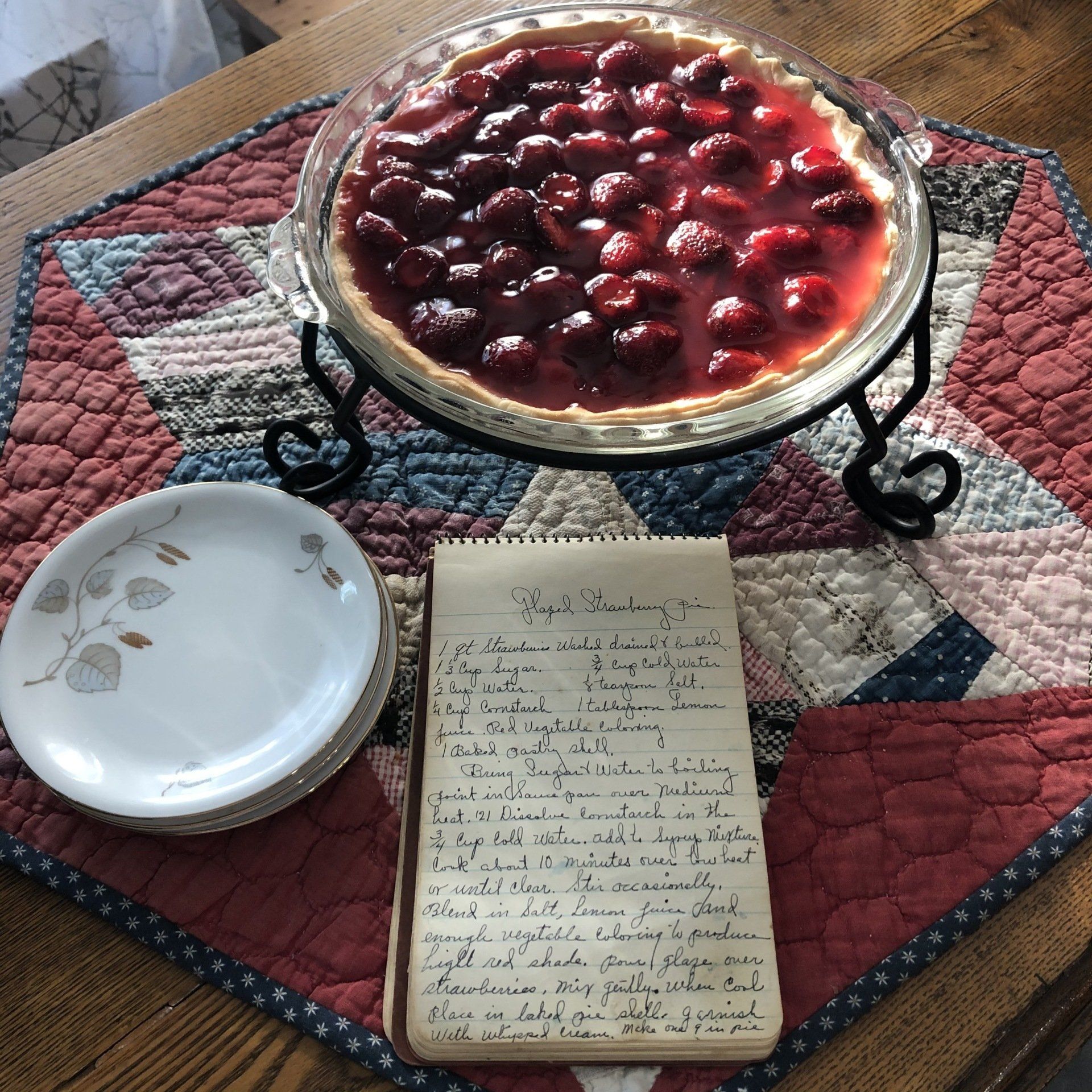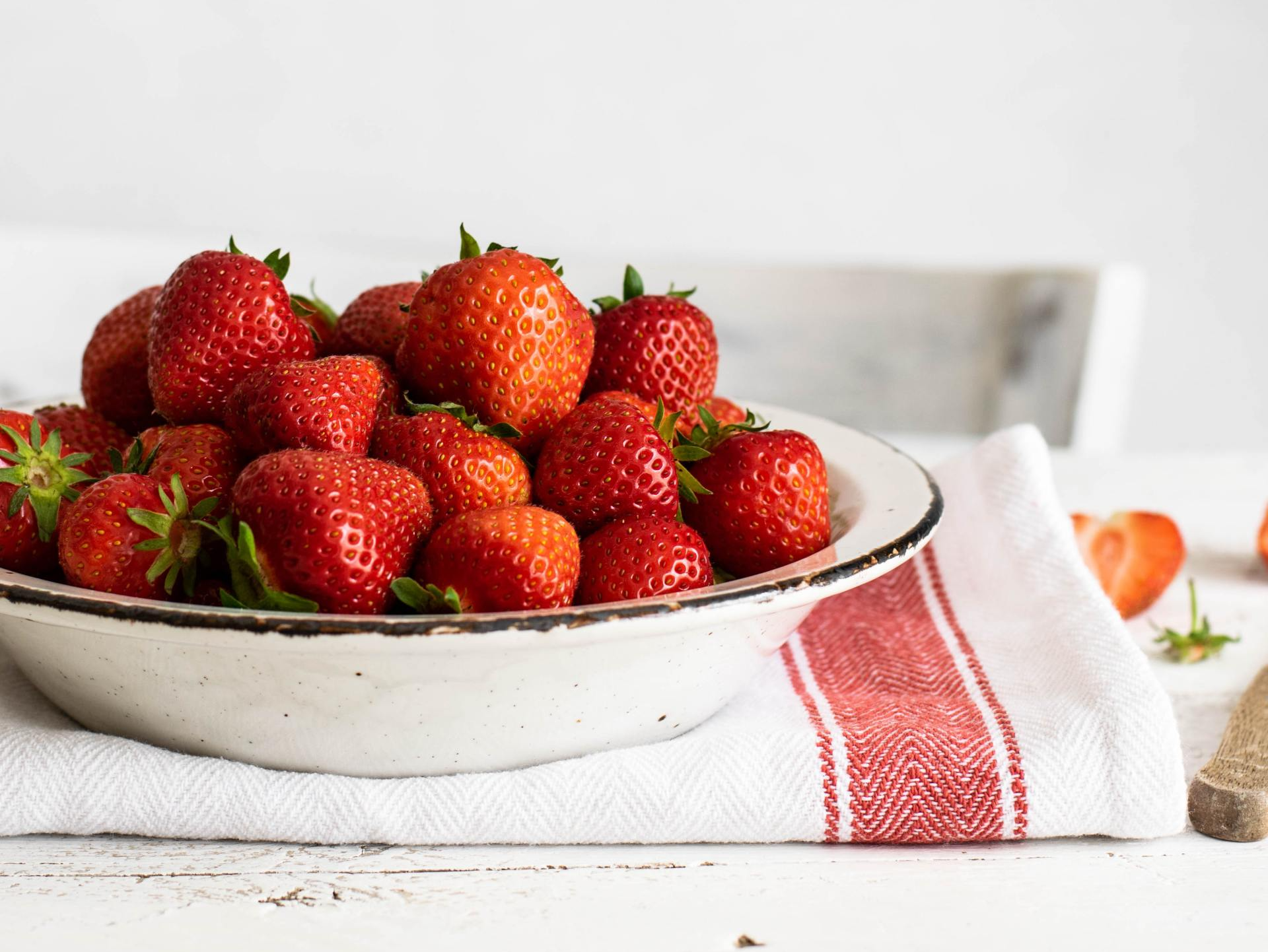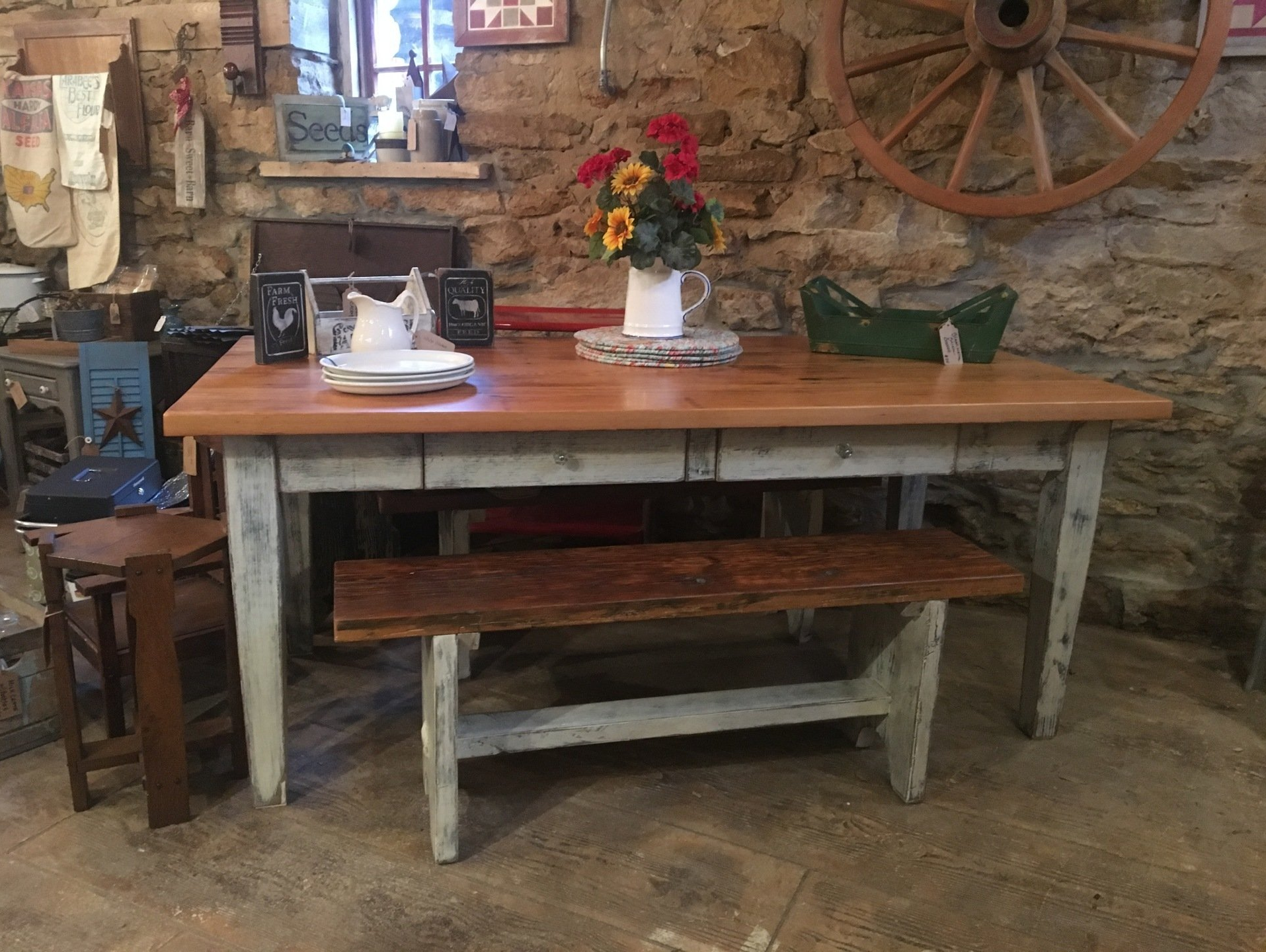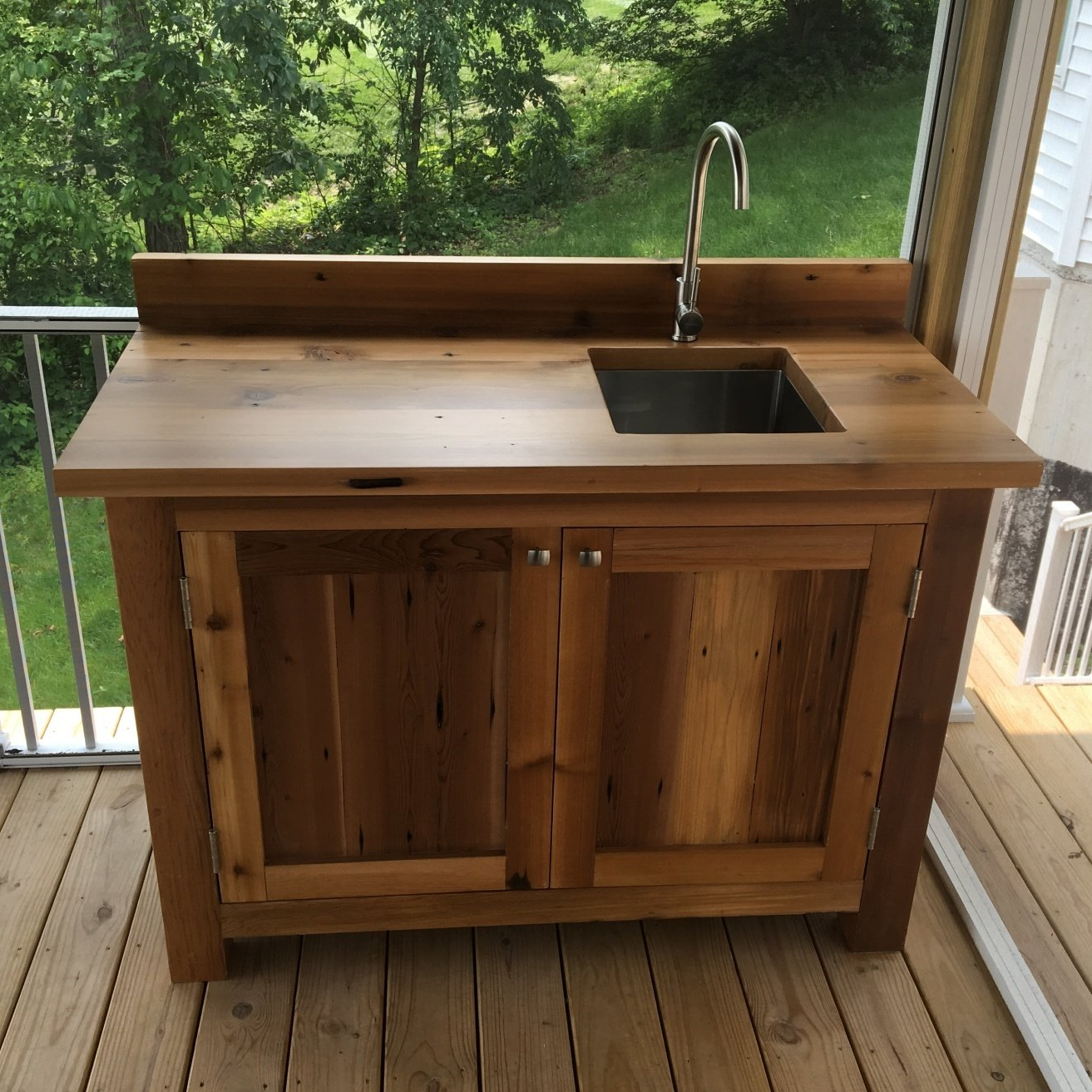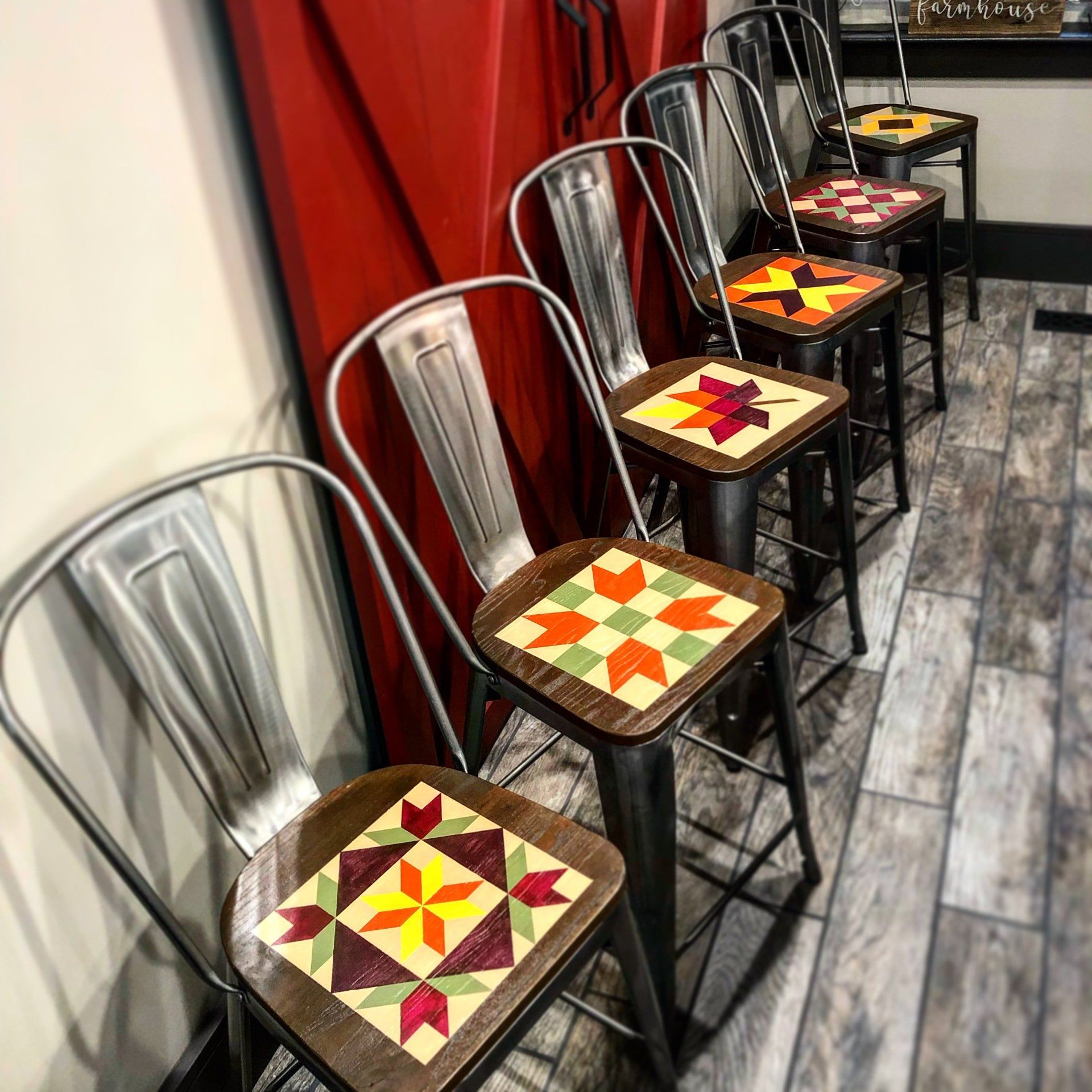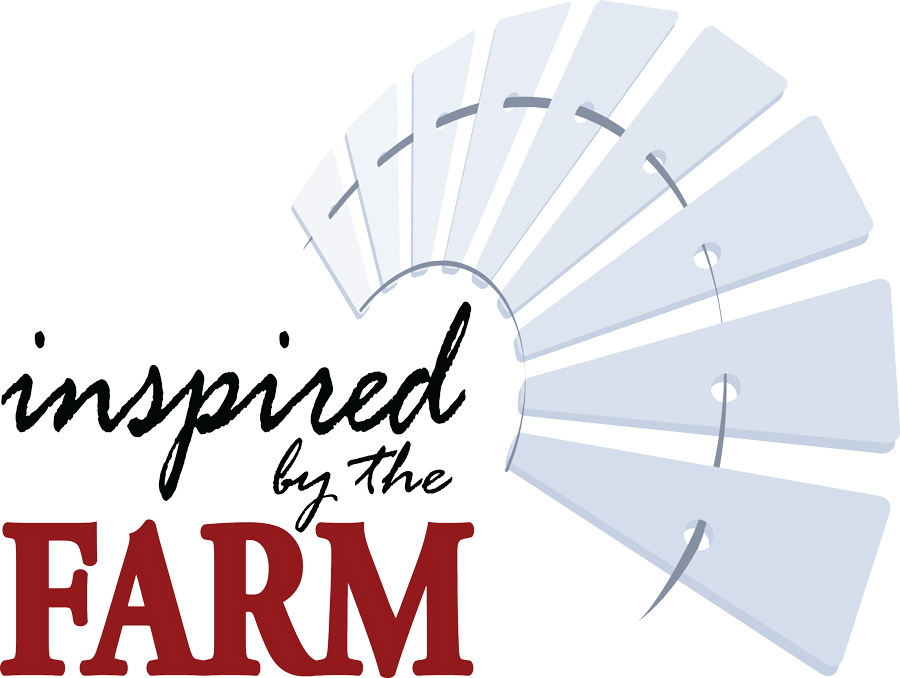Spring Floral Ideas
- By design
- •
- 27 Feb, 2019
Spring is in the air, and we've got some tips to help you spruce up your home with seasonal florals!

It’s been a long, snowy winter here at Inspired By The Farm. No better way to beat the winter blues than to put away all the winter greens and start thinking spring! Soon, the robins will be out singing their song, the grass will be a little greener, and the smell of lilacs will be in the air. A sure sign of spring are those early flowering bulbs. You know, the ones you planted last fall: hyacinths, daffodils, crocus, and tulips. Spring flowers come in a variety of colors, with yellow, white, pink, blue, purple, and sometimes red (who doesn’t like a splash of red?) being used in spring arrangements.
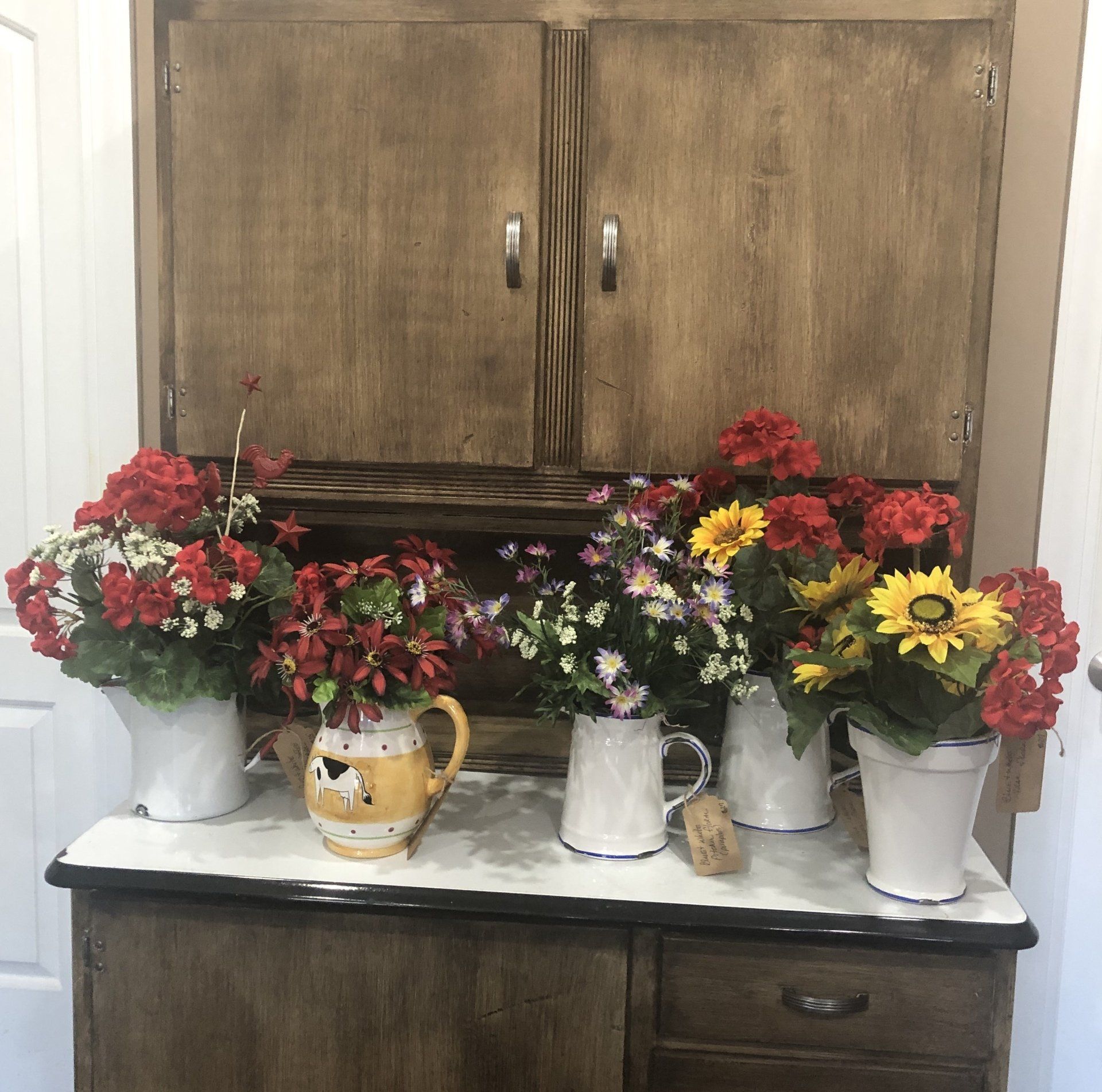
Use the flowers you like and design what you like, not what you think someone else will like or what’s “on trend.” You’re the one who gets to enjoy it every day. Don’t worry that it isn’t a professional arrangement: we think flowers look better when they are randomly placed rather than perfectly arranged. It gives a much more organic feel (even with silk flowers).
- Choose the right type of container for the flowers you have. Think outside the box! Sometimes the oddest containers make the coolest arrangements. Galvanized containers, mason jars, pitchers, coffee pots, crocks, and old enamelware really give the vintage farm-inspired feel. The container should go with the theme of your arrangement. For example, galvanized goes great with daisies; mason jars are well-suited to tulips.
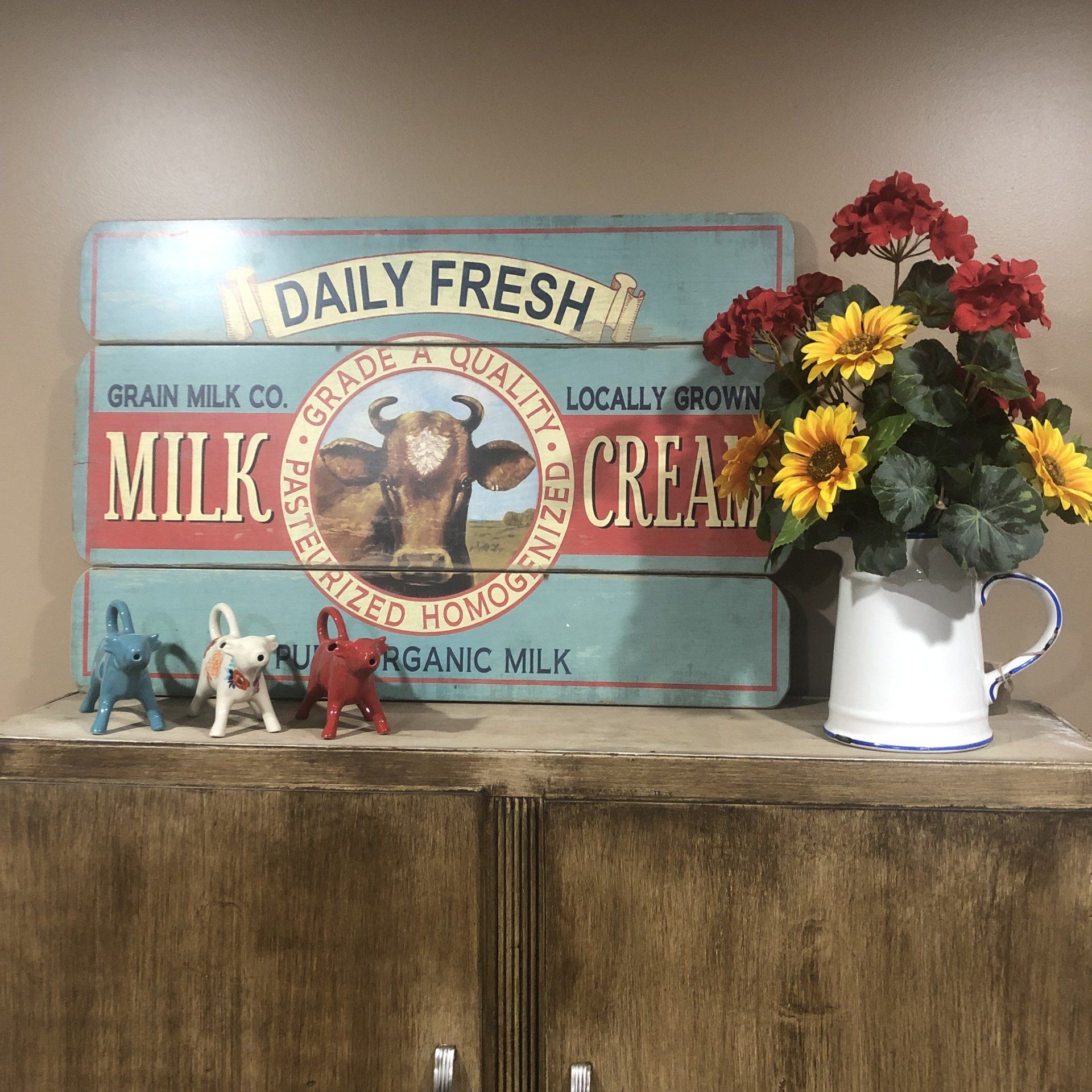
- Choose the right size container. The rule of thumb is that the height of the arrangement should be approximately 1.5–2 times the height of the container. Having a tall container and short flowers just won’t cut it; your flowers will be lost and you’ll just have a container to look at. On the other side, tall flowers in short containers will make the stems the focal point rather than the blossoms, not to mention the higher chance of tipping the container over. The container should enhance the flowers, not overpower them.
- The rule of three (or maybe it’s my mom’s rule of three): arrangements look better with an odd number of the same flower. Asymmetry helps provide that natural feel of a gathering of flowers, rather than a curated set.
- When using artificial or silk flowers, know what the real ones look like. We try to stick with flowers that look real, rather than wild colors that you wouldn’t see naturally. Along with color, other aspects to consider are the weight, shape, density, or feel of the petals. Some artificial flowers have too many or too few petals or petals that curl or lay differently. Some of this is up to your preference, but choose what you like, just as if you were choosing a real flower from a floral shop.
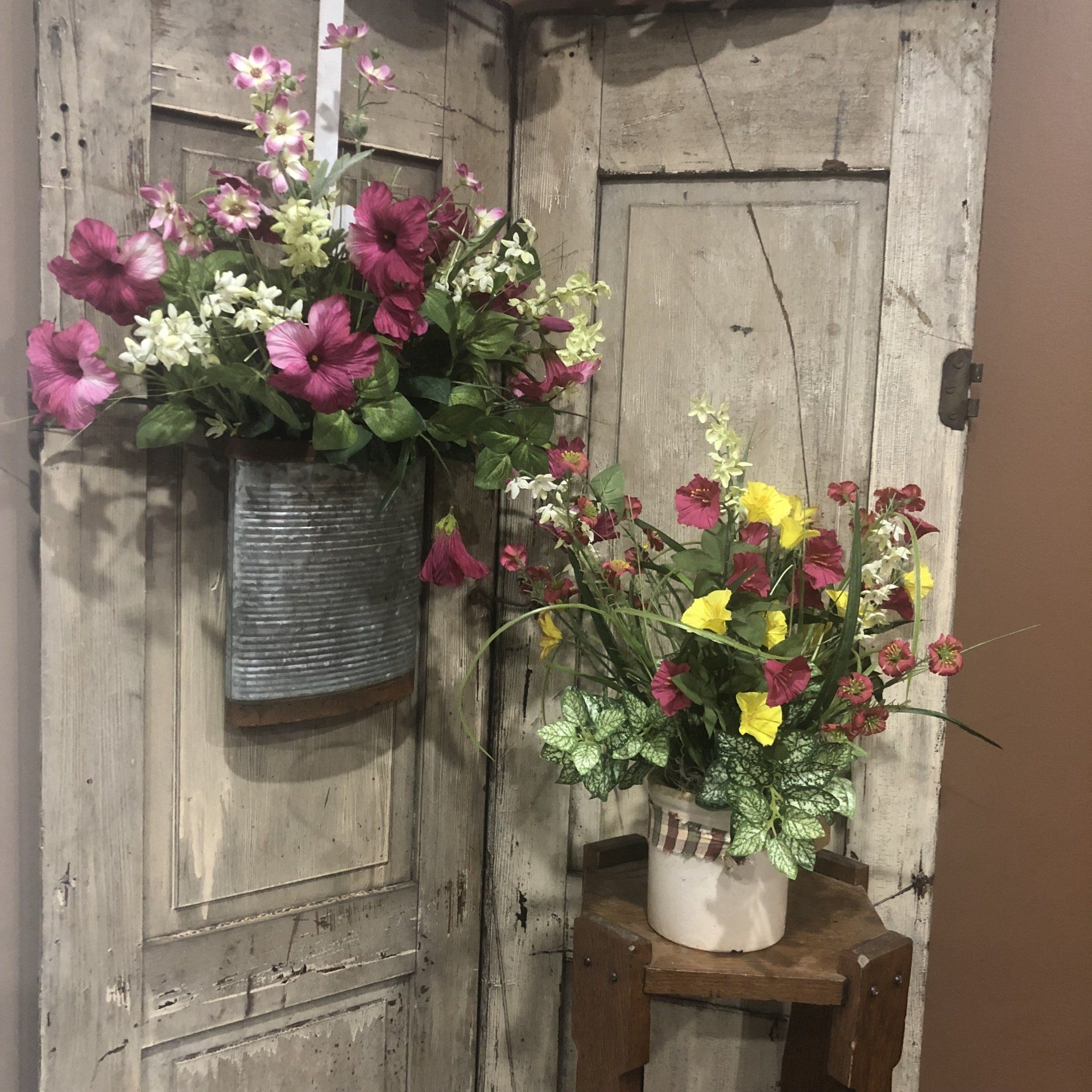
- It’s okay to cut the flower stems off of a pre-made cluster of flowers and place them individually into your arrangement. One would think the easy way would be to take the big bunch and stick it in the foam. Trust us, it’s not. Been there, done that. Take the time to cut the individual stems and place them where you like. You’ll thank us later.
- Most flower bunches have wire under the green plastic coating, so it bends. Don’t be afraid to bend the flowers. Flowers naturally grow in different directions: some stand tall, some droop. Use this to your advantage in your designs.
- Use leaves and filler greens to complete the look. Don’t feel limited to baby’s breath, either: don’t be afraid to use items you find in nature to supplement your floral design. Twigs, feathers, wheat, and cattails all look great mixed with artificial flowers.
If you’re looking for spring flowers in a certain color, here’s a quick guide:
- Yellow: forsythia, daffodil, freesia, crocus, tulip, iris, hyacinth, primrose
- Red: tulip
- Purple: crocus, hyacinth, tulip
- Pink: crocus, hyacinth, tulip
- Blue: bluebell
- White: crocus, hyacinth, tulip
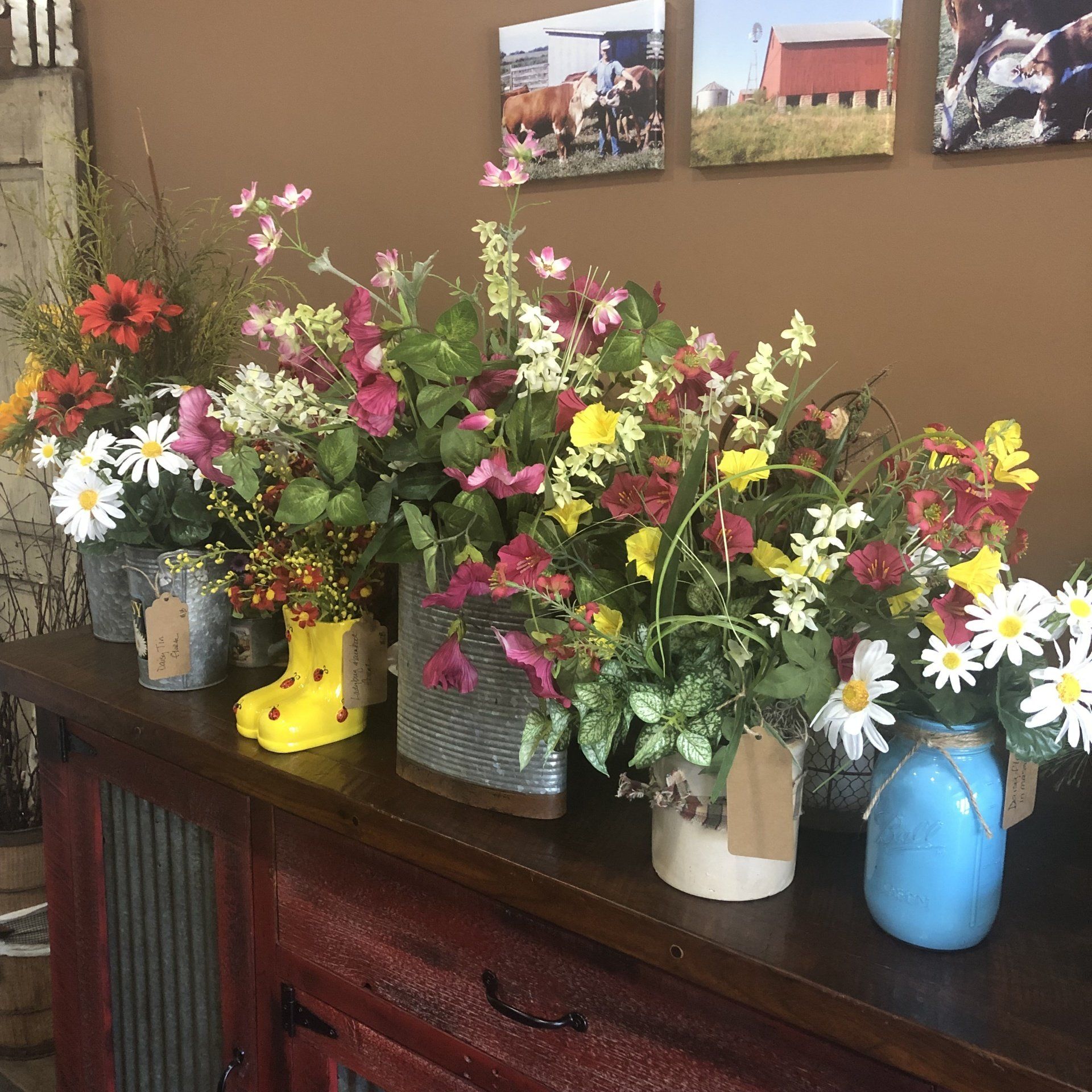
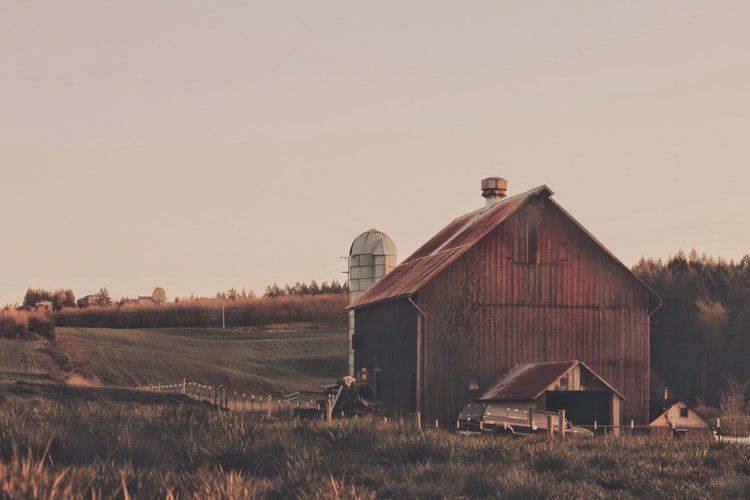
In this, our very first blog, we…admittedly struggled to settle on a topic. We have all these big ideas that we can’t wait to share with you, from gardening tips to recipes to decorating ideas and everything in between. And yet, we couldn’t decide what story we wanted to tell first.
Well, we were getting way too far ahead of ourselves, and we realized that the best place to start is at the beginning. So we’re going all the way back to the first lesson: Farmhouse 101.
What is farmhouse style?
“Farmhouse style” means different things to different people, of course.
For us, true farmhouse style is authentic, original, and straight from the barn. Some of the pieces we get literally come straight from the barn (dust and all), some are made from barnwood, and some we find along the way.
When we think farmhouse, we think:
· Raw wood
· Corrugated barn tin
· Galvanized metal
· Gingham
· Burlap
· Twine
· Cotton
· Wheat
· Warm rustic colors
· Natural distress
· History
That’s not to say that manufactured pieces, crisp white everything, and replicas of old farm-inspired items are bad. They’re just a little more modern and urban. Hence the term “modern farmhouse.” Imagine having pristine white furniture and coming in to relax after working the fields outside all day! My grandmother would’ve had a fit trying to keep a modern farmhouse clean.
We just prefer to focus on genuine craftsmanship and unique pieces with unique stories that we can share with you.
I like farmhouse style, but it doesn’t match the rest of my décor. How can I incorporate it into my home?
Start small! Try dedicating one room or area of the house to the farmhouse look. The laundry room, guestroom, or even home office are great places to start. They’re fairly unassuming spaces that are often overlooked when it comes to decorating. In these rooms, you can take a few more liberties since they don’t necessarily have to match the motif of the rest of your home. That unfinished basement? Deck it out and make it a canning kitchen or a farm-inspired entertainment space.
Outdoor spaces also naturally lend themselves to farmhouse décor. Decorate your landscaping, porch, patio for any season or holiday with staple pieces like milk cans, galvanized buckets, or wagon wheels. Then, mix and match seasonal florals, vegetation, and fabrics to give them a fresh new look!
Do I have to cover my entire house in shiplap?
Only if you feel so inclined.

